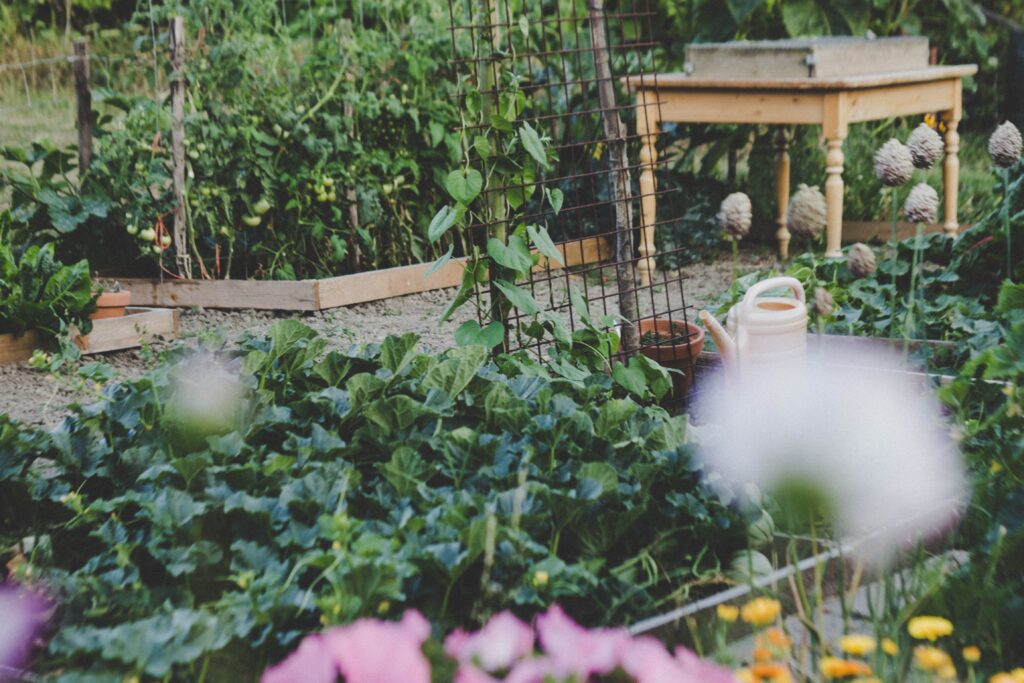New Year, New Garden – Getting Started on a New Gardening Project

Winter is a dreary season, whichever way you look at it. All that remains of plant life are wintry evergreens, while the once-vibrant colours of flowerbeds and bushes are all but turned to grey and brown. With months to wait before the first buds of Spring, why not capitalise on the time available and plan a garden reshuffle? Here are some steps on getting started with a new garden project, just in time for you to enjoy the fruits of your labour as the spring rolls in.
Getting Inspiration
Inspiration doesn’t come easily as far as new gardens go, especially if you are not horticulturally educated. Luckily, online resources are your best friend in these scenarios; browse pinterest for interesting garden design boards, and take cues from the flowering seasons of your favourite plants for ideas on what to plant when. The Royal Horticultural Society even have a beginner’s guide to planting, according to your garden’s environment.
Gathering Tools
For larger garden construction or re-arrangement projects, you are going to want the right tools for the job. Traditional tools like shovels and hoes will make all the difference in preparing new flowerbeds, while mattocks and tree-saws can help you with the removal of unwanted trees and stubborn trunks. Power tools will enable you to build or destroy structures with ease – a nail-gun and electric drill can help you build a new shed, conservatory or garden cover, while saws and strimmers can remove old structures expediently.
If your garden is going to be rich with exotic plant-life, whether in the form of wild sidings or prim flowerbeds, you will want to gather equipment that will enable you to tend to your flora properly. Ensure you have the correct hand tools to tend your garden once it is finished, from hand trowels and forks to secateurs and beyond. You may also want to invest in a garden sprayer, so you can uniformly disperse pesticides or simply water to your flowerbeds, without needing to invest in an overly long garden hose. You will also want a foam knee-rest, to save your joints from the punishment of hard, potentially wet ground when spending extended periods of time preening or de-weeding beds up close.
Materials and Labour
With your tools gathered, you can now turn your attention to the garden itself: the materials you will need to complete it, and the way in which you are going to complete it. You might have intentions on installing a new decking solution for your garden, necessitating either a visit to your local lumber yard with the plans for your decking, or the hiring of a contractor to carry out the work on your behalf. You will naturally be more interested in the more ‘natural’ aspects of your new garden, and the materials you will need to realise your creative vision. Buying the right compost is key, so that your flowers can flourish the way you intend them to. Trellises and bamboo supports may also be necessary for larger plants or for controlling bushes, while railway sleepers can act as excellent natural borders for raised beds – just make sure they haven’t been creosote-treated.
Conclusion
Gardening, even at the best of times, can be backbreaking work. All that time hunched over, tending to shin-high flowers and removing ankle-high weeds, can be exhausting – but in the long run, oh so rewarding. One of the major benefits of a garden designed by you is that it grows with you, as your tastes evolve and as the plants literally grow. With a bit of knowhow and determination, your garden can be an extension of yourself!




